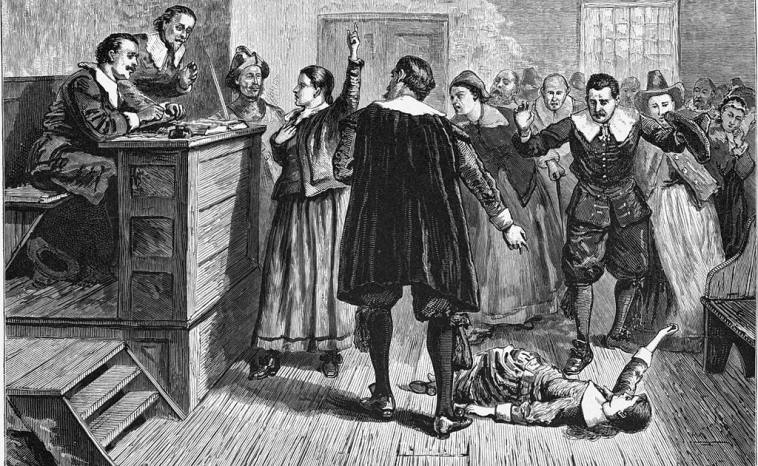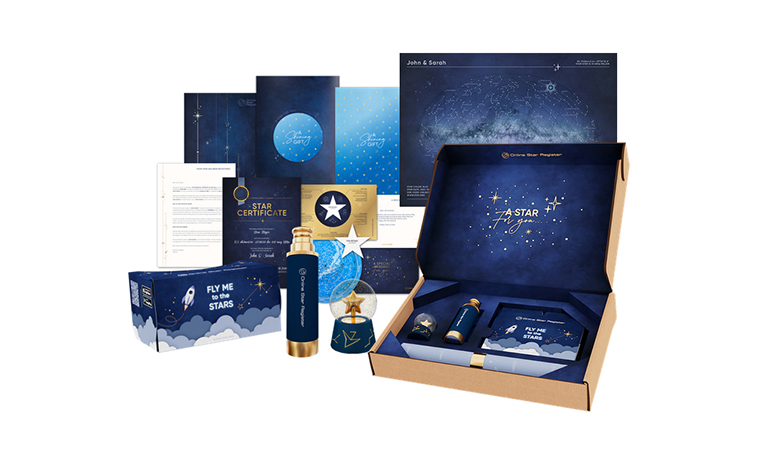What Is a Leap Year and Why Do We Have Them?

“Leap year” is a term you’ve likely heard before, but have you ever wondered what makes a year a leap year? In this article, we’ll take a closer look at the science and history behind the quadrennial occurrence and help to demystify the concept!
What Is a Leap Year?

At its core, a leap year contains one extra day, totalling 366 days instead of the usual 365. Every four years, this extra day is added to the calendar month of February, giving it 29 days. But why this quadrennial adjustment, you ask? Well, it’s all about our planet’s journey around the Sun.
A complete orbit takes approximately 365.24 days – not a neat 365. This slight discrepancy means that without the correction of a leap year, our calendar would drift from the solar year, losing about six hours each year. This extra fraction of a day might seem insignificant, but if ignored, it would cause our calendar to drift out of sync with the solar year. Over time, without some type of adjustment, seasons would slowly shift out of alignment with our calendar.
To correct this, an additional day – February 29th – is added every four years, creating a leap year with 366 days. This extra day realigns our calendar with the Earth’s solar orbit.
Leap Year Rules: More Than Just Every Four Years
While the basic rule for leap years is that they occur every four years, there are exceptions to prevent an over-correction. A year is not a leap year if it is divisible by 100 unless it is also divisible by 400. This means the year 2000 was a leap year, but 1900 was not. This rule further ensures that our calendar stays aligned with the solar year.
History of Leap Years

The concept of a leap year dates back to ancient times. The Roman calendar, which had only 355 days, used a 22 or 23-day month every other year to keep in sync with the solar year. However, this system was too complex – and frequently manipulated for political purposes.
Then came Julius Caesar. In 46 BC, in consultation with the astronomer Sosigenes of Alexandria, he introduced the Julian calendar, which included a simple rule: every four years is a leap year. However, this system overcorrected the calendar by adding too many leap years.
Fast forward to 1582, when Pope Gregory XIII introduced the Gregorian calendar – the one we use today. This new system kept the four-year rule but added an exception for years divisible by 100 and not 400. This adjustment brought the calendar year closer to the solar year’s actual length.
Celebrating February 29th

Since leap years occur every four years, February 29th only comes around once in that time. This makes it a special day for many people around the world. Some cultures have traditions and superstitions surrounding Leap Day – such as women proposing to men or considering the day unlucky for marriages. In the UK, a widespread tradition is to hold a “Leap Done” party on February 29th, where guests are encouraged to do something daring or out of their comfort zone.
In recent years, businesses have also offered special deals and discounts on leap day to celebrate this rare date. And if you are lucky enough to have been born on February 29th, you only technically age every four years, making it a unique and memorable birthday!
So when the next leap year rolls around, don’t forget to celebrate this quadrennial event and embrace the extra day in our calendar.
Leap Years and Historical Events

unattributed, Public domain, via Wikimedia Commons
unattributed, Public domain, via Wikimedia CommonsFebruary 29th isn’t merely an extra day in our calendars – it’s a repository of remarkable historical moments that have profoundly shaped our world. Here are a few of the most famous events and incidents that took place on this special day:
- 1504: While stranded on the island of Jamaica, famous voyager Christopher Columbus utilised a lunar eclipse on this day to deceive the island’s native inhabitants into providing him with food and supplies, proving that necessity truly is the mother of invention.
- 1692: The Salem Witch Trials, a harrowing event that has captured imaginations for centuries, began in earnest when Sarah Good, Sarah Osborne, and Tituba were accused of witchcraft.
- 1940: Hattie McDaniel won the Oscar for Best Supporting Actress for her role in Gone with the Wind, becoming the first African American to win an Academy Award.
- 1960: An earthquake in Agadir, Morocco, devastatingly claimed over 12,000 lives. It’s a salient reflection on the unpredictable power of nature and the importance of building resilient communities.
- 2004: Jean-Bertrand Aristide, Haiti’s first democratically elected President, was ousted in a coup d’état – a stark reminder of the fragile nature of democracy and the constant vigilance it requires.
OSR Super Star Gift

Leap years are a fascinating blend of science and history. They demonstrate how our understanding of the Earth’s movements has evolved and how we’ve adjusted our calendar system to align with these celestial rhythms. So, the next time February 29th rolls around, take a moment to appreciate the astronomical precision that goes into keeping our calendars accurate.
Furthermore, why not mark this leap year with something truly out of this world? Consider gifting yourself or your loved ones the OSR Super Star Gift, an enchanting way to celebrate the rare beauty and significance of leap years. With your own name or that of a loved one twinkling from the heavens, it’s a gift that transcends the ordinary, making every glance upwards a celebration of those special moments or a quadrennial day of wonder.

